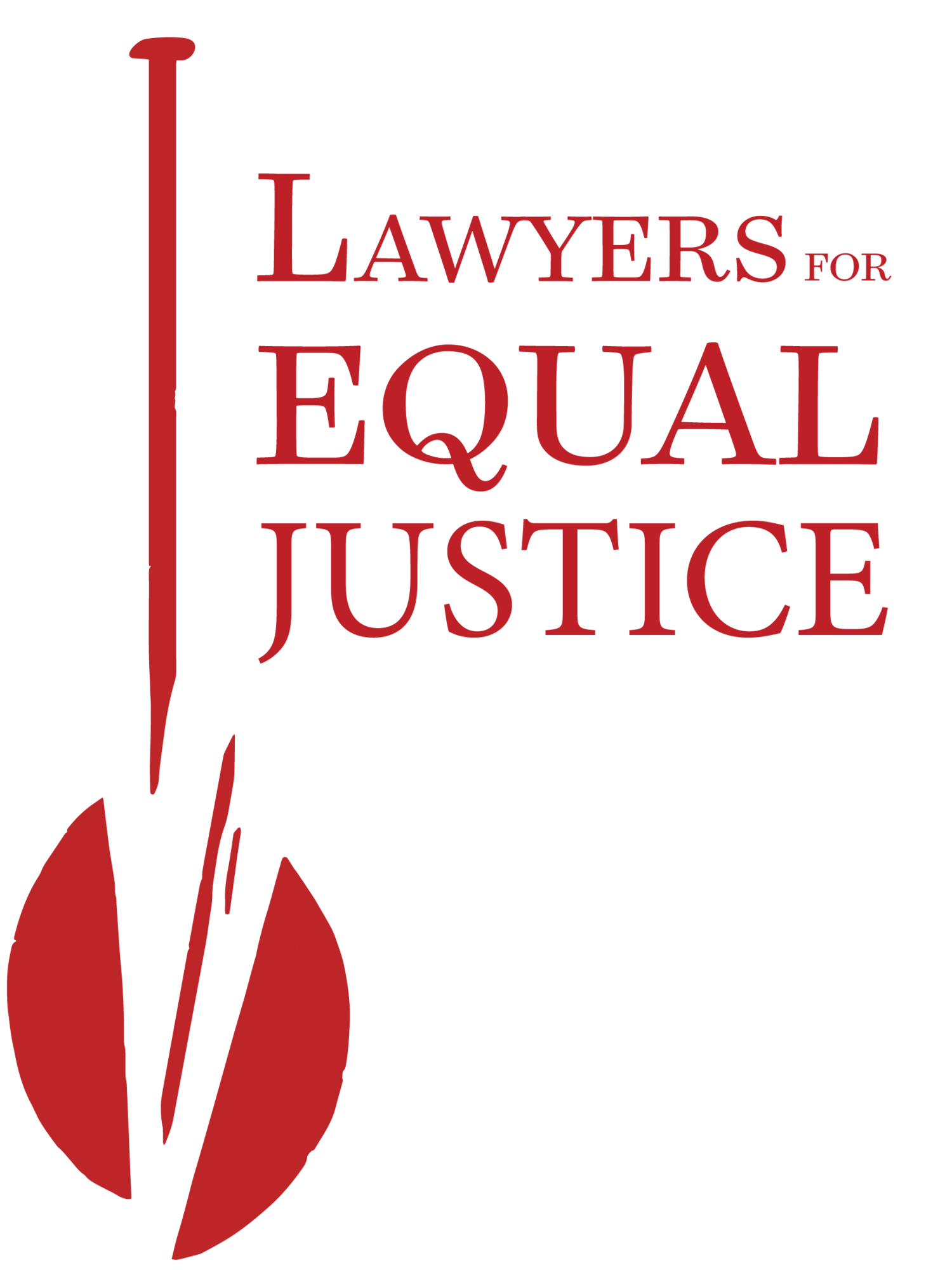Overcrowding in prisons during pandemic threatens public health
A single COVID-19 case threatens the entire public, and we need to prevent additional cases wherever they might arise. We’ve seen how rapidly the virus spreads in close quarters, with over 600 sailors infected on the U.S.S. Roosevelt aircraft carrier. Fewer than half of theses cases showed symptoms, demonstrating the complete inadequacy of prevention focused on quarantining only those who are visibly ill. In Massachusetts, COVID-19 “ripped” through a 135-bed nursing home, infecting 116 of its residents and killing 30. At Cook County Jail in Chicago, two inmates were diagnosed with COVID-19. Less than a week later, 134 inmates tested positive.
In Hawaiʻi’s overcrowded prisons and jails, where two or three people occupy cells designed for one, cell walls can’t prevent the spread of COVID-19, and prison walls can’t keep it out. Nor can they keep it in—guards who may be exposed will have to go home to their families and their communities. For everyone’s sake we need to immediately act to reduce the risk of COVID-19 spread in Hawaiʻi’s prisons and jails.
We can do this by temporarily releasing people who are not violent, don’t pose a safety threat to the community, and—in some cases—have not even been convicted of a crime and are in jail simply because they are too poor to afford bail. We cannot afford to wait until we know someone in jail or prison is infected. By then, it will be too late.
Over the past few weeks, Lawyers for Equal Justice has worked closely with the American Civil Liberties Union of Hawaiʻi and the state Office of the Public Defender to petition the Hawaiʻi Supreme Court to reduce overcrowding in Hawaiʻi’s correctional facilities to prevent an outbreak of COVID-19 that would endanger inmates, correctional officers and the general public. We have shown that the release of inmates would substantially reduce risks to public health, while ensuring that public safety is protected.
Overcrowding in Hawaiʻi’s correctional facilities is not new. The state does not dispute that cells designed for one inmate are being occupied by two or three. The COVID-19 pandemic greatly increases the health risk of overcrowding because inmates are unable to practice the social distancing and basic hygiene that health experts agree is essential (inmates don’t often have easy access to masks or soap).
A COVID-19 outbreak in a correctional facility would be very likely to spread rapidly through the facility, infecting correctional officers who might infect their families and the public. Data from federal prisons shows that a COVID-19 outbreak in prisons can easily get out of control:
The Supreme Court agreed with many of our basic points. On April 2, it issued an order stating:
There is a significant interest in reducing inmate populations to protect those who work at or are incarcerated in these overcrowded facilities. COVID-19 outbreaks within overcrowded facilities or facilities in which appropriate physical distancing is not possible will not only place inmates at risk of death or serious illness, but will also endanger the lives and well-being of staff and service providers who work in the facilities, their families, and members of the community at large. Also, outbreaks within these facilities will severely tax the limited resources of community health care providers, including hospital beds, ventilators, and personal protective equipment because of virulent spread within close quarters, and will also require the utilization of additional resources to provide constitutionally mandated medical care.
The court agreed to our request for the appointment of a special master to oversee possible inmate releases.
On April 9, the Special Master issued a preliminary report, recommending several steps that would lead to the eventual release of many inmates. His report failed, however, to require judges and prosecutors to take any particular step or meet any deadline or goal.
Although many of those officials recognize the urgency of the situation, some do not, and are erroneously proposing that a correctional facility is a safe place to weather COVID-19. Public health officials across the country reject this idea outright. LEJ and the ACLU of Hawaiʻi have therefore submitted an amicus brief to the court in support of the Office of Public Defender, asking for more urgent action. We asked the court to adopt a system for expedited review for many categories of inmates.
The system will empower prosecutors to block the release of violent criminals, including domestic abusers, while ensuring that inmates who do not pose a threat are released. Hundreds of those inmates have not been convicted of anything, are accused only of misdemeanors, and are in custody only because they are unable to afford cash bail.
On Wednesday, April 15, the Supreme Court took important steps toward our position:
The court adopted an expedited schedule for the lower courts to consider all petitions for release, so that all of them will be decided by April 28. Prosecutors have the chance to object to the release of any inmate who “pose[s] a significant risk to the safety of the inmate or the public.” The court will review each case individually.
The court also discouraged lower courts from incarcerating newly arrested individuals simply because they are unable to make cash bail.
The court directed the Hawaiʻi Paroling Authority to expedite its consideration of inmates who are especially vulnerable to COVID-19 because of health problems, and those who are incarcerated because of technical violations of probation such as failure to check in with a probation officer.
Finally, and perhaps most importantly, the court set the overall goal of reducing the population of all correctional facilities to the levels they were originally designed to hold. If the state can accomplish this goal, the inmates who remain will be able to better practice social distancing and good hygiene.
We are encouraged by the progress made so far, but we will continue to work with the Special Master, and to monitor judges and prosecutors to ensure they comply with the Supreme Court’s directions.
